Home>Gardening & Outdoor>Landscaping Ideas>How High Should A Raised Garden Bed Be To Keep Rabbits Out
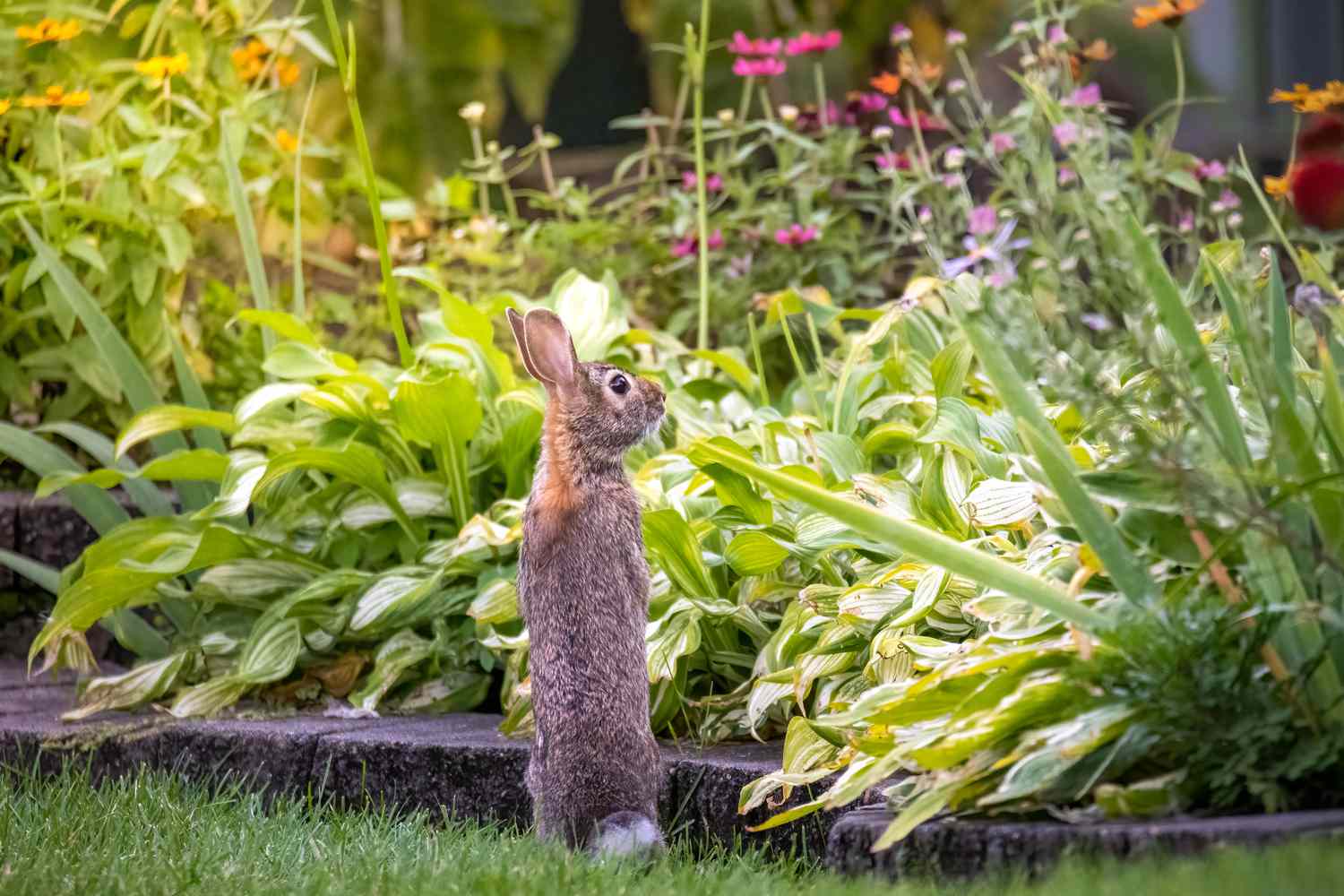

Landscaping Ideas
How High Should A Raised Garden Bed Be To Keep Rabbits Out
Modified: February 16, 2024
Learn how to keep rabbits out of your raised garden bed with the right height and other landscaping ideas. Protect your plants and vegetables from pesky rabbits.
(Many of the links in this article redirect to a specific reviewed product. Your purchase of these products through affiliate links helps to generate commission for Storables.com, at no extra cost. Learn more)
Introduction
When it comes to cultivating a thriving garden, the presence of pests like rabbits can pose a significant challenge. These furry intruders have a penchant for nibbling on tender young plants, making them a common source of frustration for gardeners. One effective strategy to safeguard your plants from rabbit damage is to utilize raised garden beds. By elevating the growing area, you can create a barrier that deters these curious creatures from feasting on your precious crops.
In this comprehensive guide, we will delve into the optimal height for raised garden beds to effectively keep rabbits at bay. By understanding the key factors that influence the height of raised garden beds and exploring additional methods to deter rabbits, you can equip yourself with the knowledge needed to protect your garden and ensure a bountiful harvest.
Whether you are a seasoned gardener seeking to fortify your existing raised beds or a novice embarking on your first gardening endeavor, this article will provide valuable insights to help you make informed decisions. So, let's embark on this journey to discover the ideal raised garden bed height to thwart the persistent nibbling of rabbits and cultivate a flourishing garden sanctuary.
Key Takeaways:
- Protect your garden from rabbits by building raised garden beds at least 18 inches high. Consider plant height, accessibility, and climate for optimal protection.
- Use natural repellents, physical barriers, and companion planting to deter rabbits from raised garden beds. Regular maintenance and monitoring are essential for a thriving garden.
Read more: How High Should A Raised Garden Bed Be
Factors to Consider When Determining the Height of a Raised Garden Bed
When determining the height of a raised garden bed to effectively deter rabbits, several crucial factors come into play. Understanding these elements is essential for creating a barrier that effectively safeguards your plants from rabbit intrusion.
-
Rabbit Behavior: Rabbits are agile creatures capable of leaping and climbing. Therefore, the height of the raised garden bed must exceed the rabbits' ability to access the plants. Consider the typical size and agility of rabbits in your area to determine an appropriate height for the raised bed.
-
Plant Height: The height of the raised bed should accommodate the mature height of the plants you intend to grow. This ensures that the plants remain well-protected within the confines of the raised bed, out of the reach of rabbits.
-
Accessibility: While deterring rabbits is a priority, it's also important to consider the ease of access for tending to the plants. A raised bed that is too high may pose challenges when it comes to planting, watering, and harvesting. Finding a balance between deterring rabbits and maintaining practical accessibility is key.
-
Aesthetic Considerations: The visual appeal of the raised garden bed is another factor to ponder. A height that complements the overall aesthetics of your garden while serving its protective purpose can enhance the beauty of your outdoor space.
-
Climate and Soil Conditions: Take into account the specific climate and soil conditions in your area. In regions with heavy rainfall, a taller raised bed may be necessary to prevent waterlogging and protect the plants from excess moisture. Similarly, in areas with poor soil quality, a deeper raised bed can provide ample space for healthy root development.
By carefully considering these factors, you can determine the optimal height for your raised garden bed, effectively thwarting rabbits while promoting the flourishing growth of your plants.
Recommended Height for Raised Garden Beds to Keep Rabbits Out
When aiming to deter rabbits from accessing your precious plants, the recommended height for raised garden beds plays a pivotal role in creating an effective barrier. While there is no one-size-fits-all solution, a general guideline for deterring rabbits is to construct raised garden beds with a minimum height of 18 inches. This height serves as a significant deterrent, as it exceeds the typical reach of rabbits and impedes their ability to access the plants within the raised bed.
However, in areas with particularly agile or persistent rabbit populations, opting for a greater height can provide added protection. A raised garden bed with a height of 24 to 36 inches offers an even more formidable barrier against rabbit intrusion. This elevated height serves as a formidable obstacle, deterring rabbits from leaping into the raised bed and safeguarding your plants from their nibbling tendencies.
Moreover, the recommended height for raised garden beds should also consider the specific plants you intend to cultivate. Taller plants may necessitate a higher raised bed to ensure that they remain out of the rabbits' reach, while shorter plants may thrive in a slightly lower raised bed. By tailoring the height of the raised bed to accommodate the mature height of your plants, you can effectively shield them from rabbit damage while promoting their healthy growth.
In addition to height, the construction of the raised garden bed also influences its effectiveness in deterring rabbits. Incorporating a sturdy barrier, such as wire mesh or hardware cloth, along the sides and bottom of the raised bed can further fortify its defenses against rabbit intrusion. This additional measure reinforces the protective enclosure, making it significantly more challenging for rabbits to breach the perimeter and access the plants.
By carefully considering the recommended height for raised garden beds and implementing supplementary protective measures, such as sturdy barriers, gardeners can create a fortified sanctuary for their plants, shielding them from the persistent nibbling of rabbits. This strategic approach not only safeguards the garden but also fosters a thriving and vibrant growing environment, allowing plants to flourish without the threat of rabbit damage.
A raised garden bed should be at least 18 inches high to keep rabbits out. This height makes it difficult for them to jump in and reach your plants.
Other Methods to Deter Rabbits from Raised Garden Beds
In addition to constructing raised garden beds at optimal heights, there are several supplementary methods that can be employed to effectively deter rabbits and fortify the protective barrier around your precious plants.
-
Natural Repellents: Utilizing natural repellents can serve as an effective deterrent against rabbits. Substances such as cayenne pepper, garlic, and vinegar can be strategically applied around the perimeter of the raised garden bed to create an olfactory barrier that rabbits find unappealing. This natural approach not only deters rabbits but also minimizes the reliance on chemical-based solutions, aligning with eco-friendly gardening practices.
-
Physical Barriers: Implementing physical barriers in conjunction with raised garden beds can provide an added layer of protection. Surrounding the garden area with fencing, chicken wire, or hardware cloth can create a formidable obstacle, preventing rabbits from gaining access to the plants. When combined with the elevated height of the raised bed, these physical barriers form a comprehensive defense system against rabbit intrusion.
-
Companion Planting: Embracing the concept of companion planting can contribute to rabbit deterrence while promoting a harmonious and biodiverse garden ecosystem. Certain plants, such as marigolds, onions, and garlic, possess natural repellent properties that can discourage rabbits. Interspersing these rabbit-resistant plants among vulnerable crops within the raised bed can help repel rabbits and safeguard the entire garden space.
-
Scare Tactics: Incorporating scare tactics, such as motion-activated devices, reflective materials, or strategically placed decoys, can startle rabbits and dissuade them from approaching the garden area. These non-invasive methods capitalize on rabbits' skittish nature, deterring them from venturing near the raised garden beds without causing harm to the animals.
-
Regular Maintenance and Monitoring: Engaging in regular maintenance and vigilant monitoring of the garden space is essential for promptly addressing any signs of rabbit activity. By promptly repairing any breaches in fencing or addressing areas where rabbits may attempt to burrow beneath the raised bed, gardeners can proactively mitigate the risk of rabbit intrusion and preserve the integrity of the protective barrier.
By integrating these supplementary methods with the optimal height of raised garden beds, gardeners can establish a comprehensive defense system that effectively deters rabbits and safeguards the flourishing growth of their plants. This multi-faceted approach not only protects the garden from rabbit damage but also fosters a resilient and thriving growing environment, allowing gardeners to cultivate their plants with confidence and peace of mind.
Conclusion
In conclusion, the optimal height for raised garden beds to deter rabbits is a critical consideration for safeguarding the flourishing growth of plants while effectively thwarting the persistent nibbling of these curious creatures. By carefully evaluating factors such as rabbit behavior, plant height, accessibility, aesthetic considerations, and climate and soil conditions, gardeners can determine the ideal height for their raised garden beds, creating a protective barrier that mitigates the risk of rabbit intrusion.
The recommended height for raised garden beds to deter rabbits typically ranges from 18 to 36 inches, providing a formidable obstacle that exceeds the typical reach and agility of rabbits. This elevated height, coupled with the incorporation of sturdy barriers, such as wire mesh or hardware cloth, reinforces the protective enclosure, fortifying the defense against rabbit intrusion. By tailoring the height of the raised bed to accommodate the mature height of the plants and implementing supplementary protective measures, gardeners can create a fortified sanctuary for their plants, shielding them from the persistent nibbling of rabbits.
Furthermore, integrating additional methods, such as natural repellents, physical barriers, companion planting, scare tactics, and regular maintenance and monitoring, enhances the effectiveness of rabbit deterrence. These multi-faceted approaches contribute to the creation of a comprehensive defense system, safeguarding the garden space and fostering a resilient and thriving growing environment.
Ultimately, by combining the optimal height for raised garden beds with supplementary rabbit deterrence methods, gardeners can cultivate a vibrant and flourishing garden sanctuary, free from the threat of rabbit damage. This strategic approach not only protects the garden but also promotes eco-friendly and sustainable gardening practices, aligning with a harmonious coexistence with nature.
As gardeners embark on their journey to cultivate thriving gardens, the knowledge and insights shared in this guide serve as valuable tools for creating a protective haven that nurtures the growth of plants while effectively deterring rabbits. By leveraging these strategies, gardeners can cultivate their plants with confidence, knowing that their garden sanctuary is fortified against the persistent nibbling of rabbits, allowing for a bountiful and fruitful harvest.
Frequently Asked Questions about How High Should A Raised Garden Bed Be To Keep Rabbits Out
Was this page helpful?
At Storables.com, we guarantee accurate and reliable information. Our content, validated by Expert Board Contributors, is crafted following stringent Editorial Policies. We're committed to providing you with well-researched, expert-backed insights for all your informational needs.
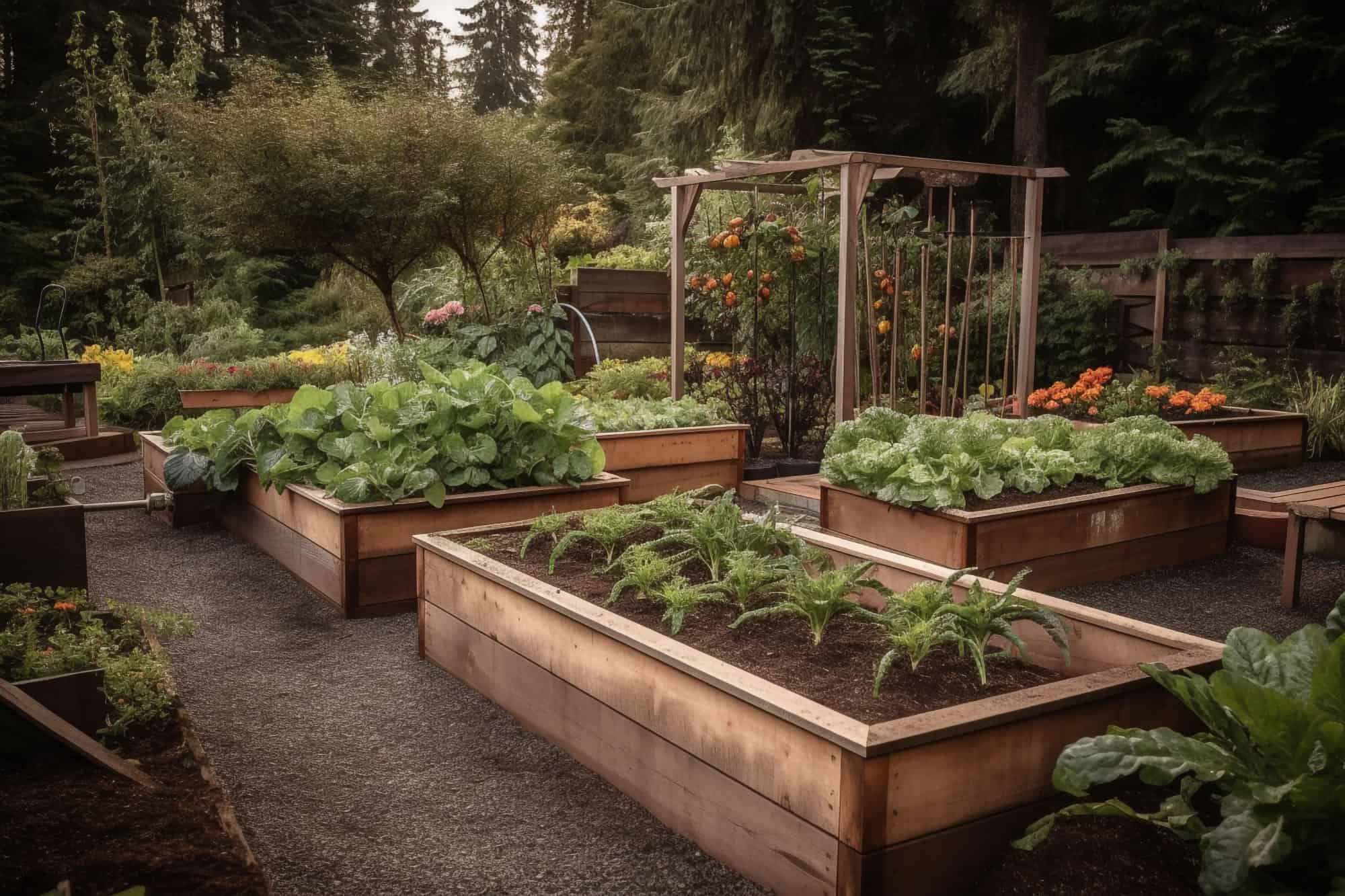
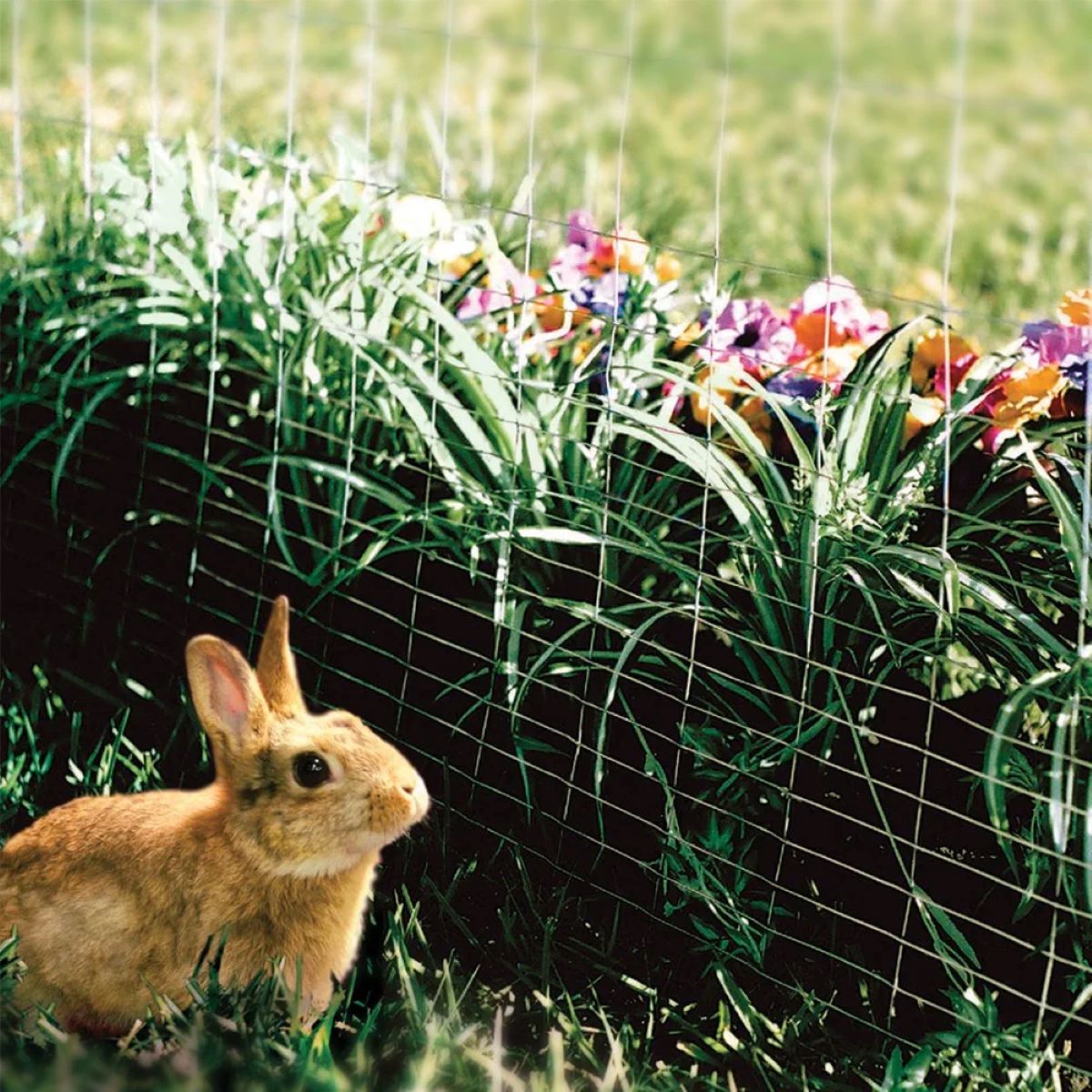

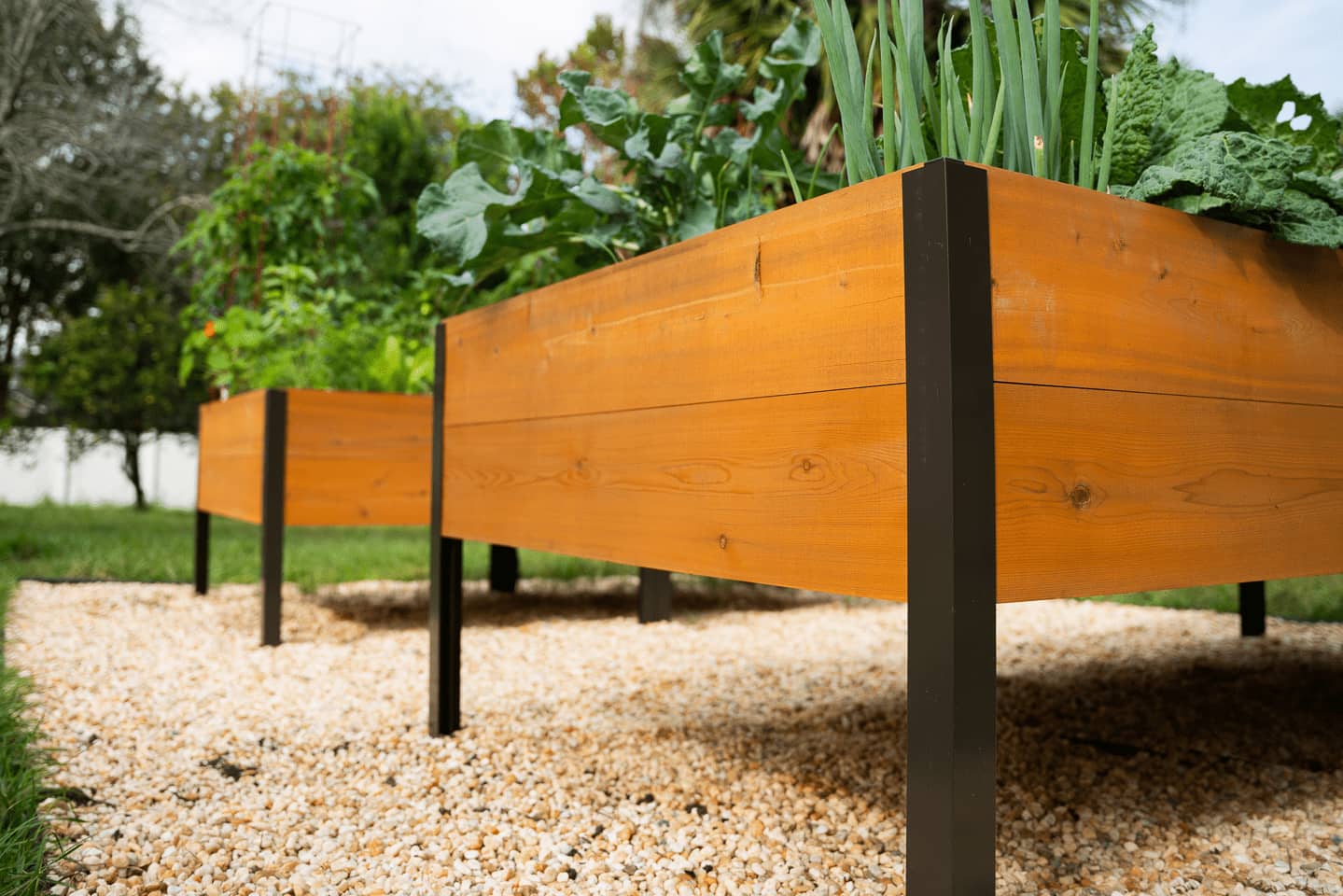
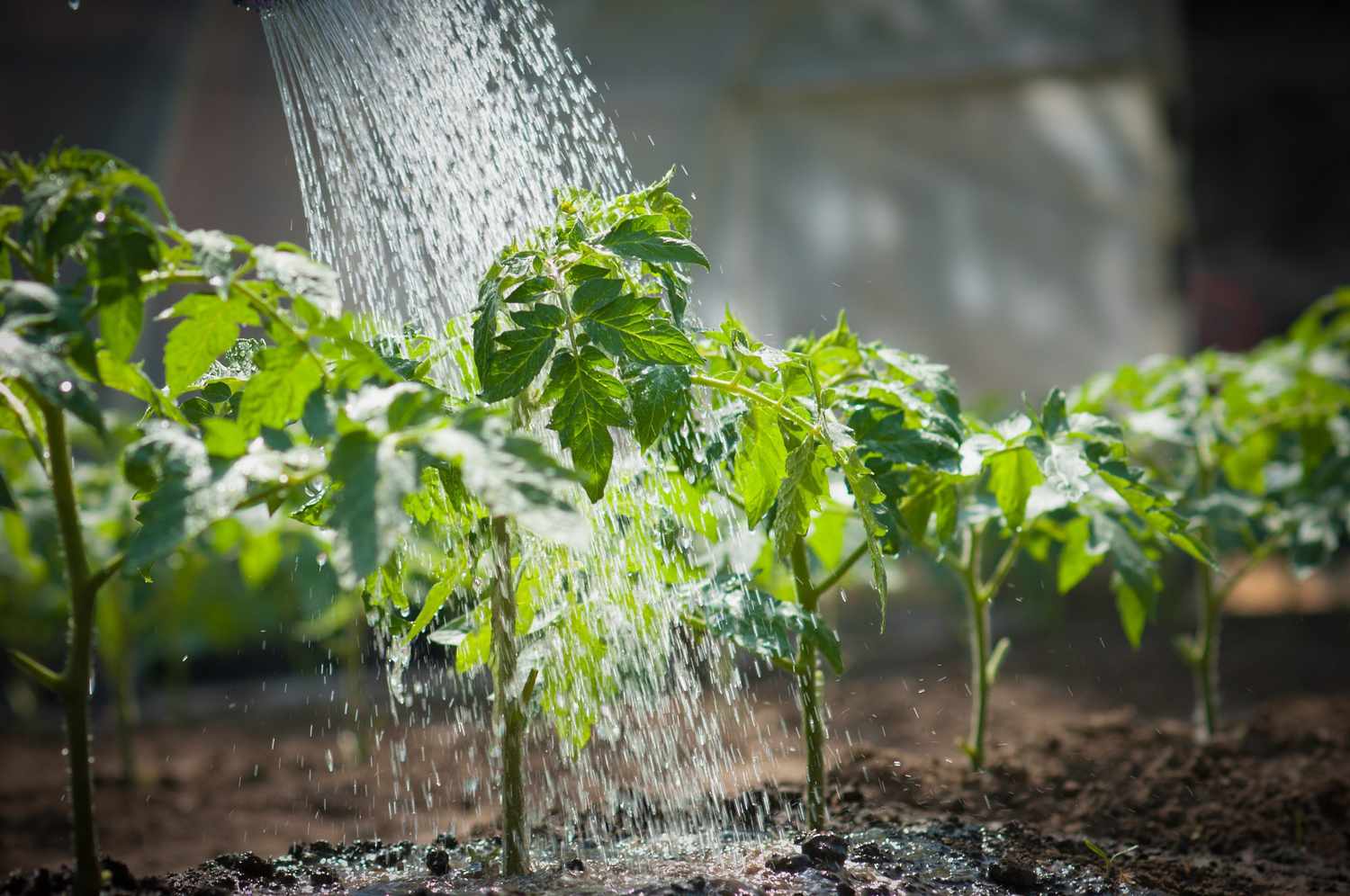
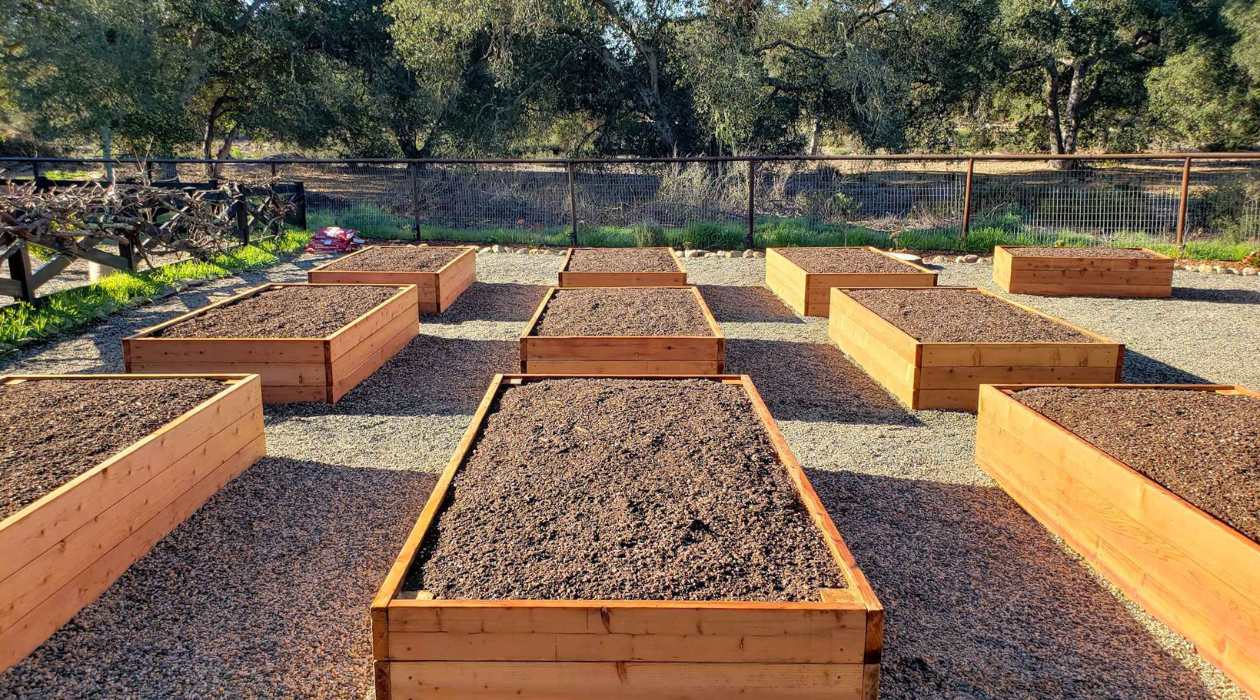
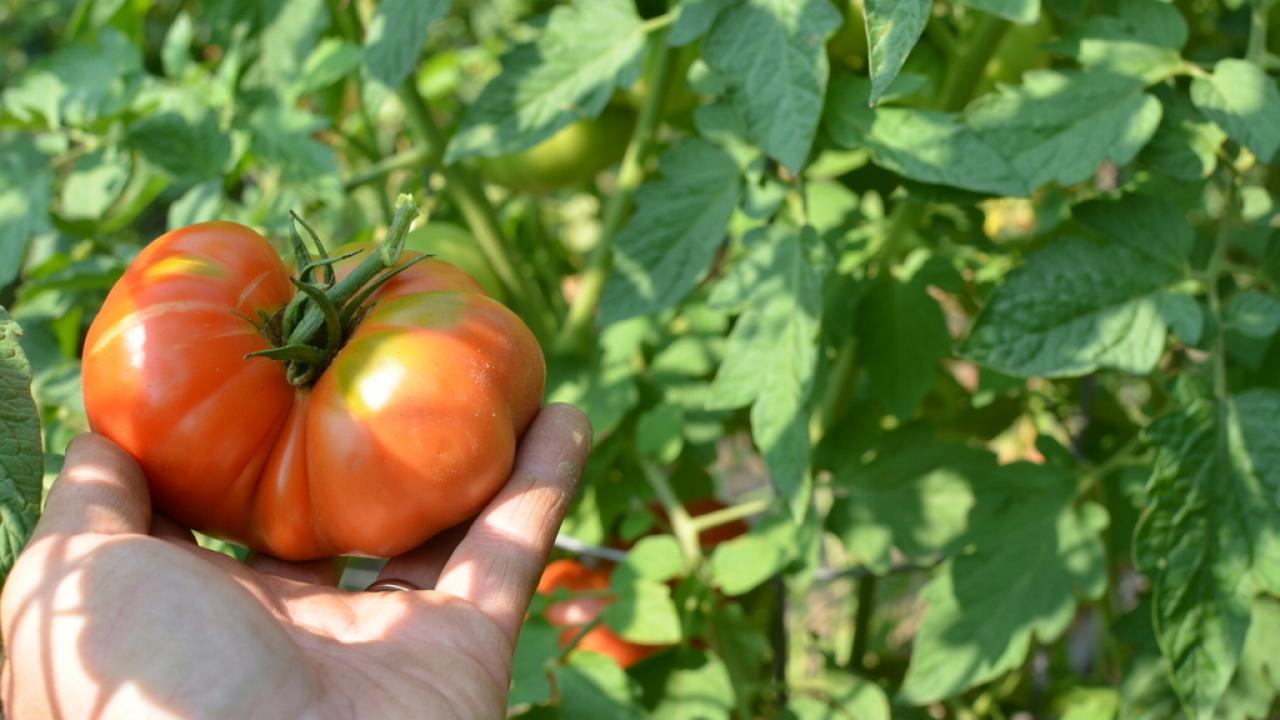
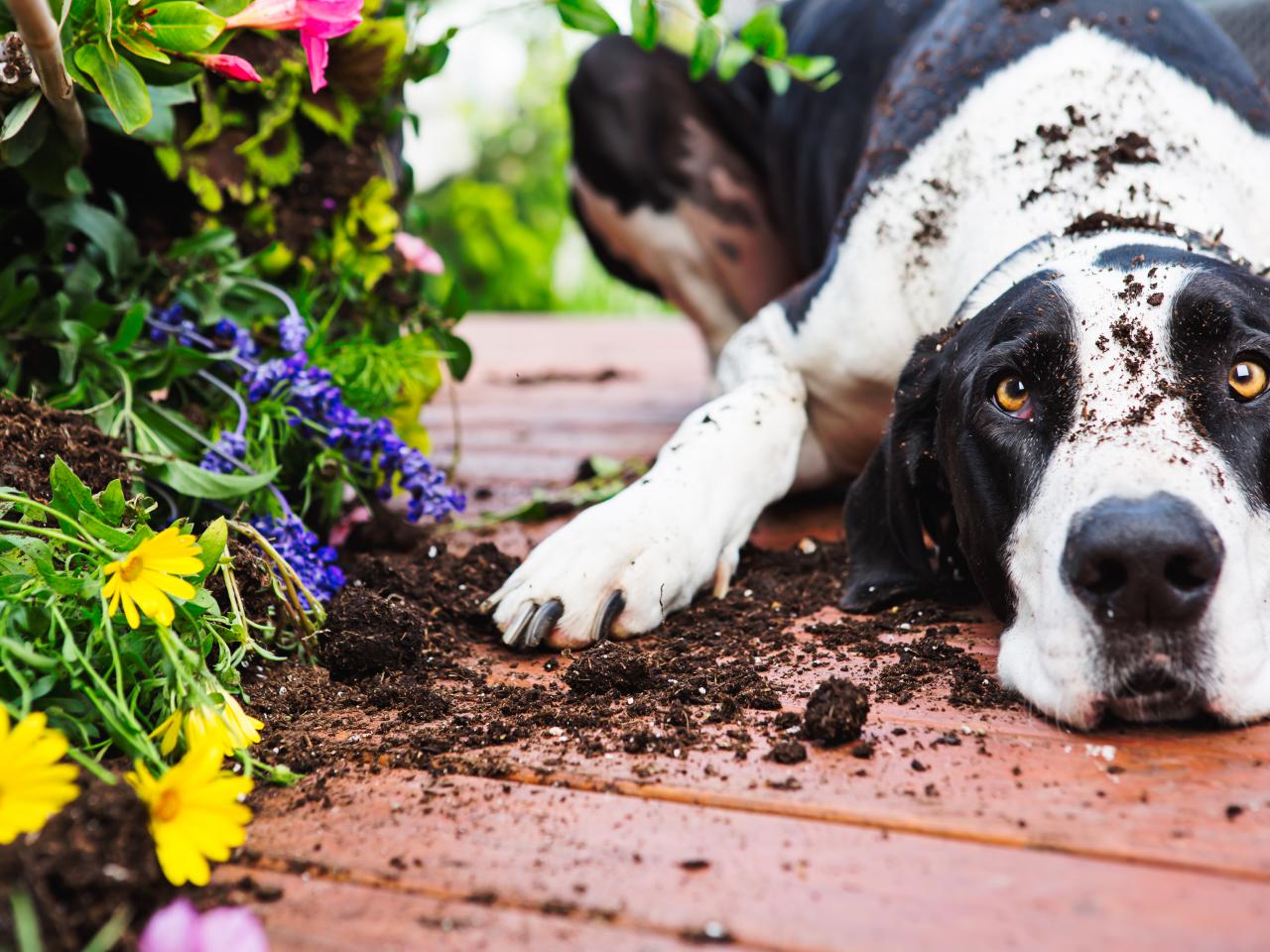
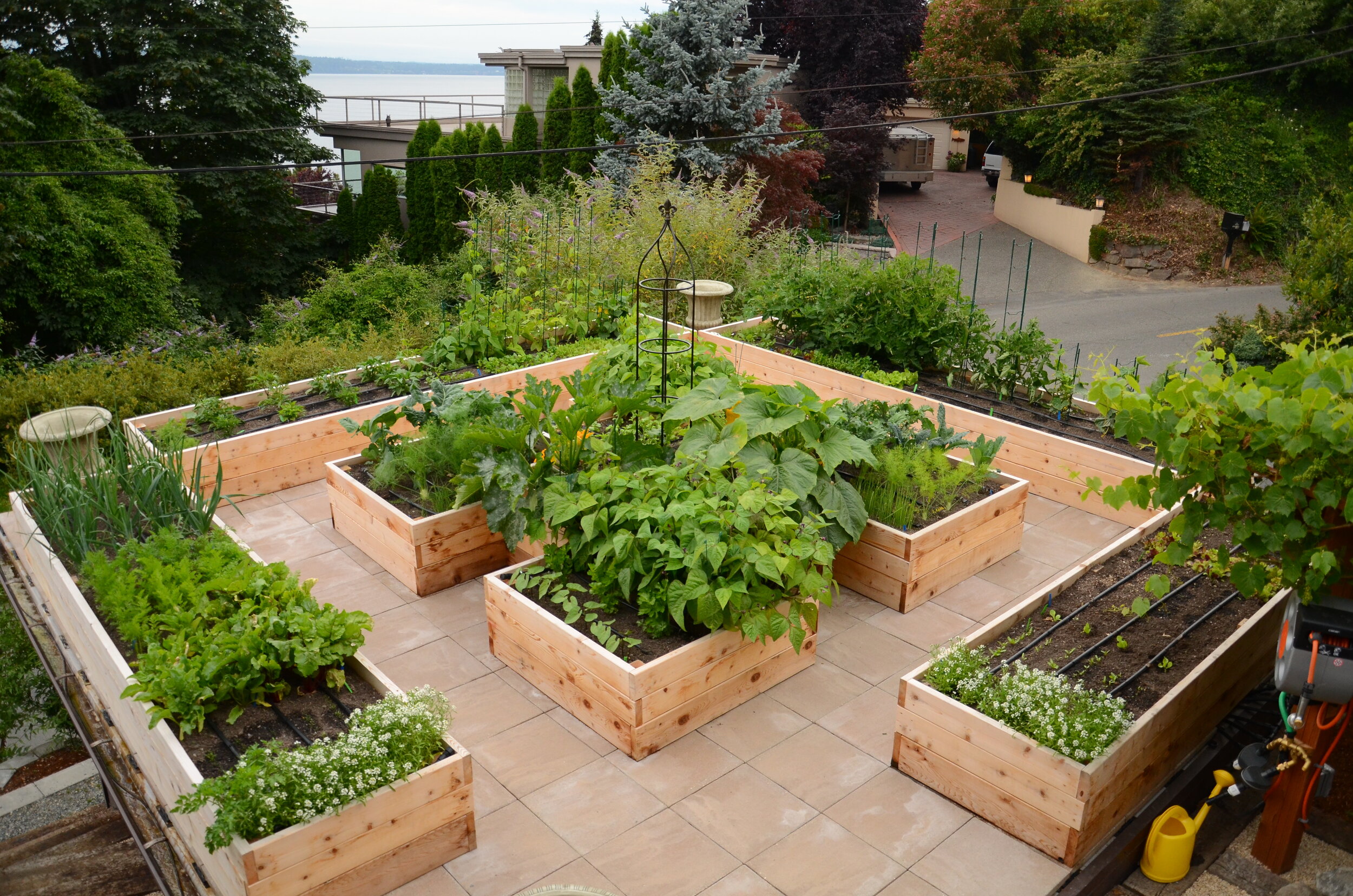
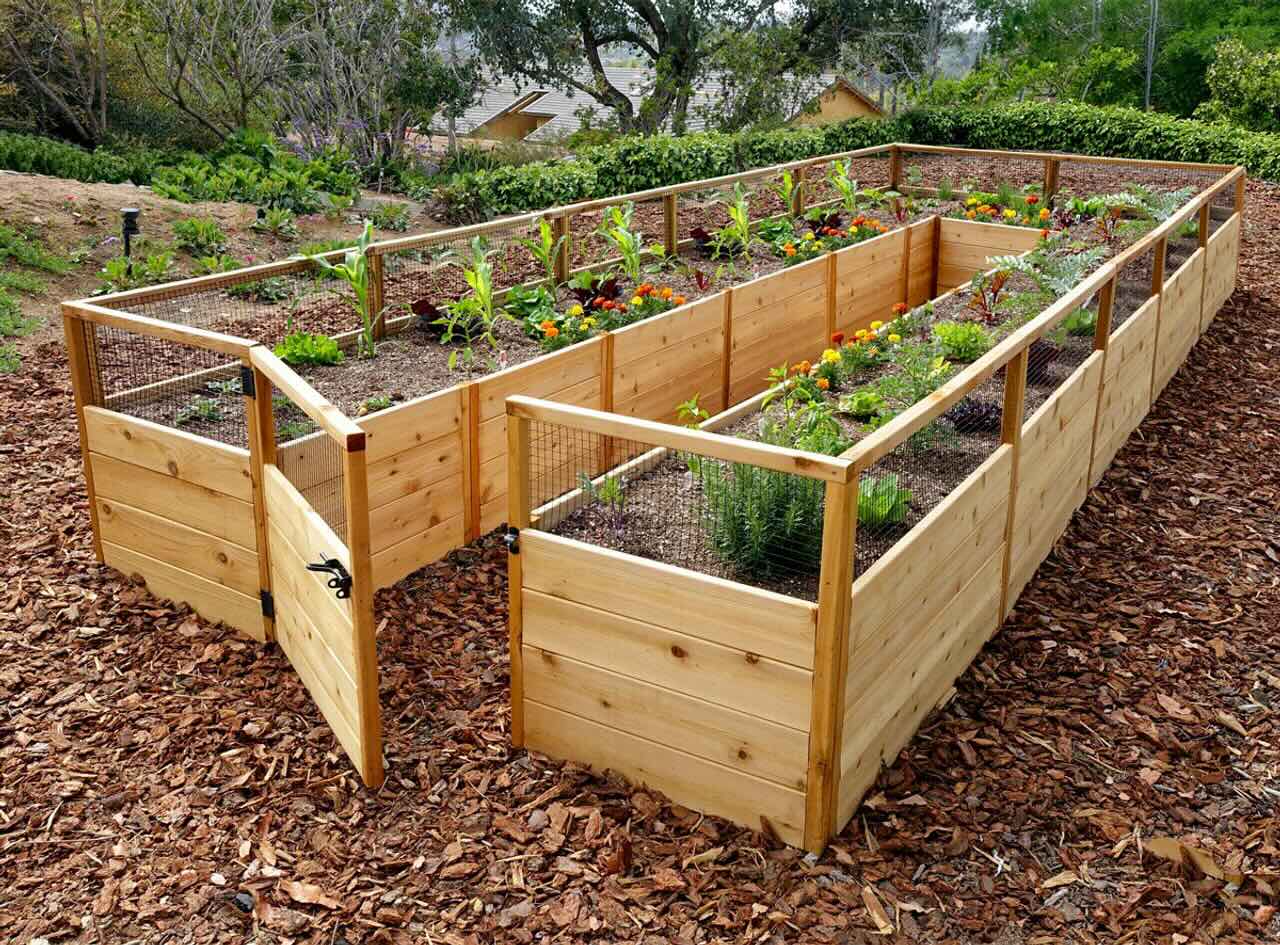

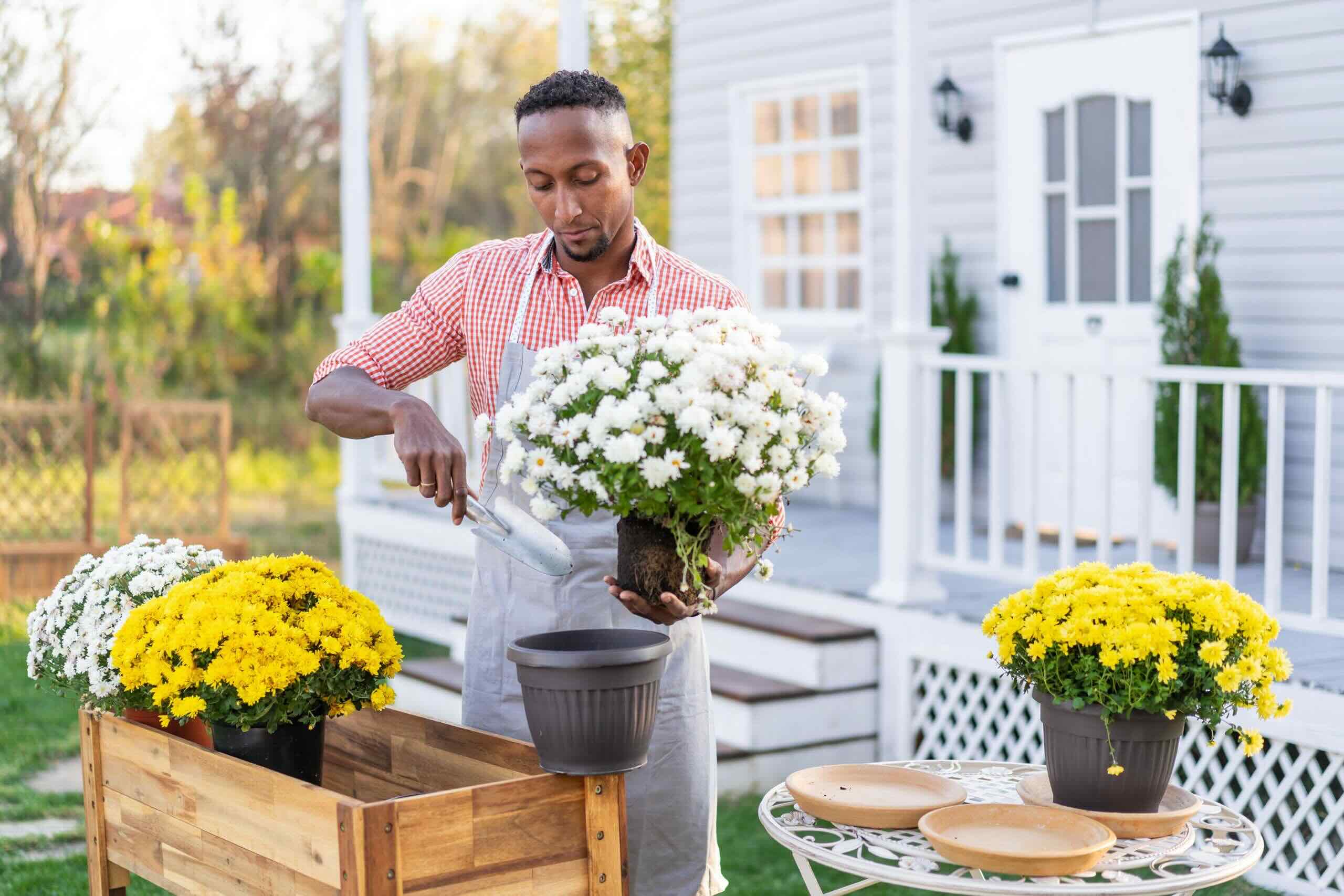
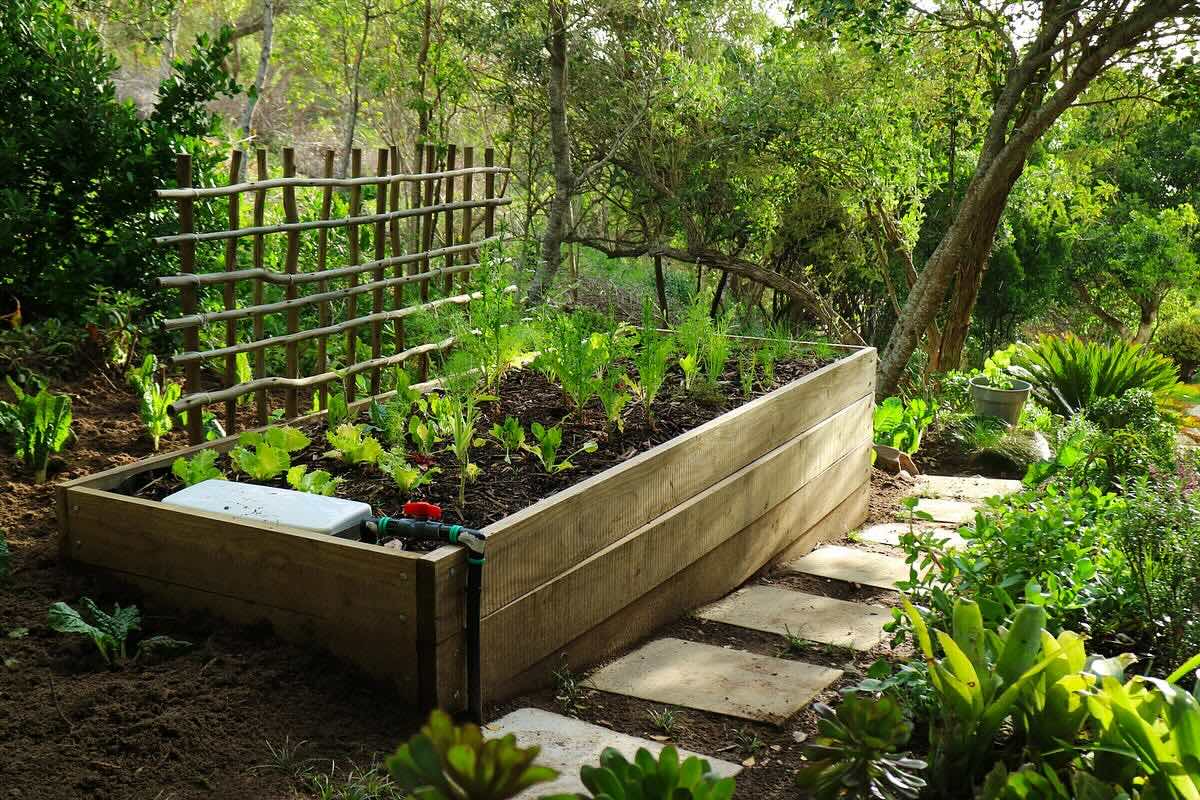

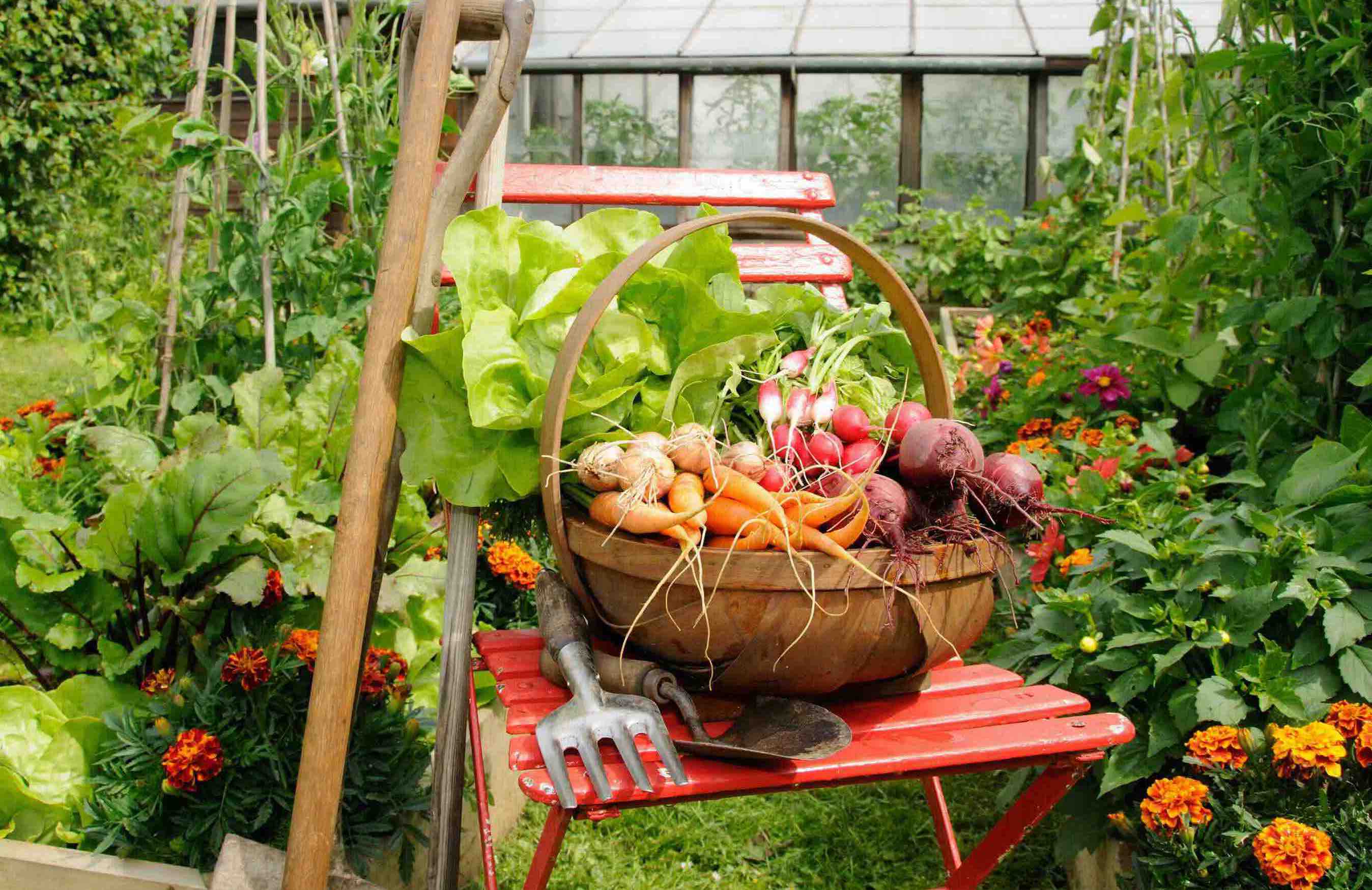

0 thoughts on “How High Should A Raised Garden Bed Be To Keep Rabbits Out”